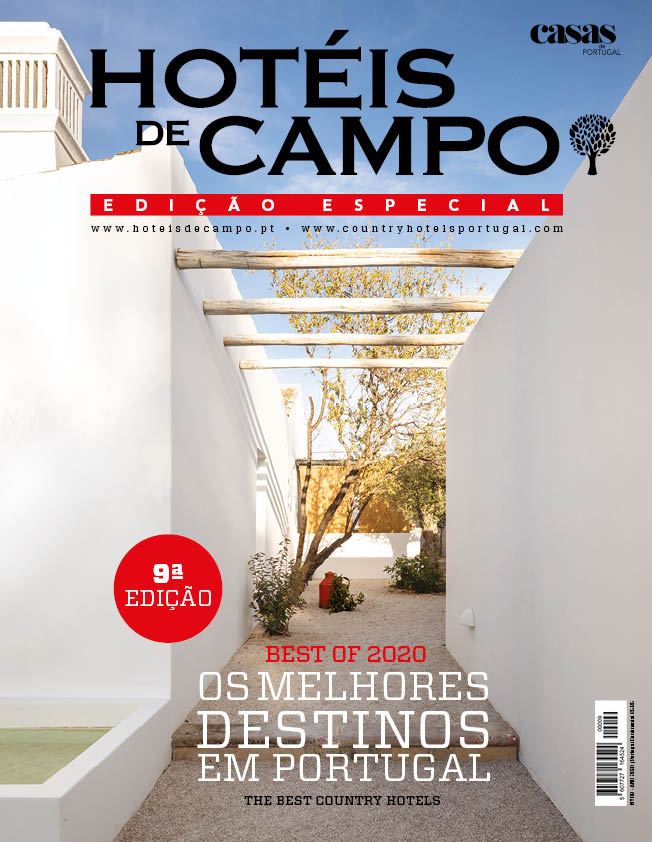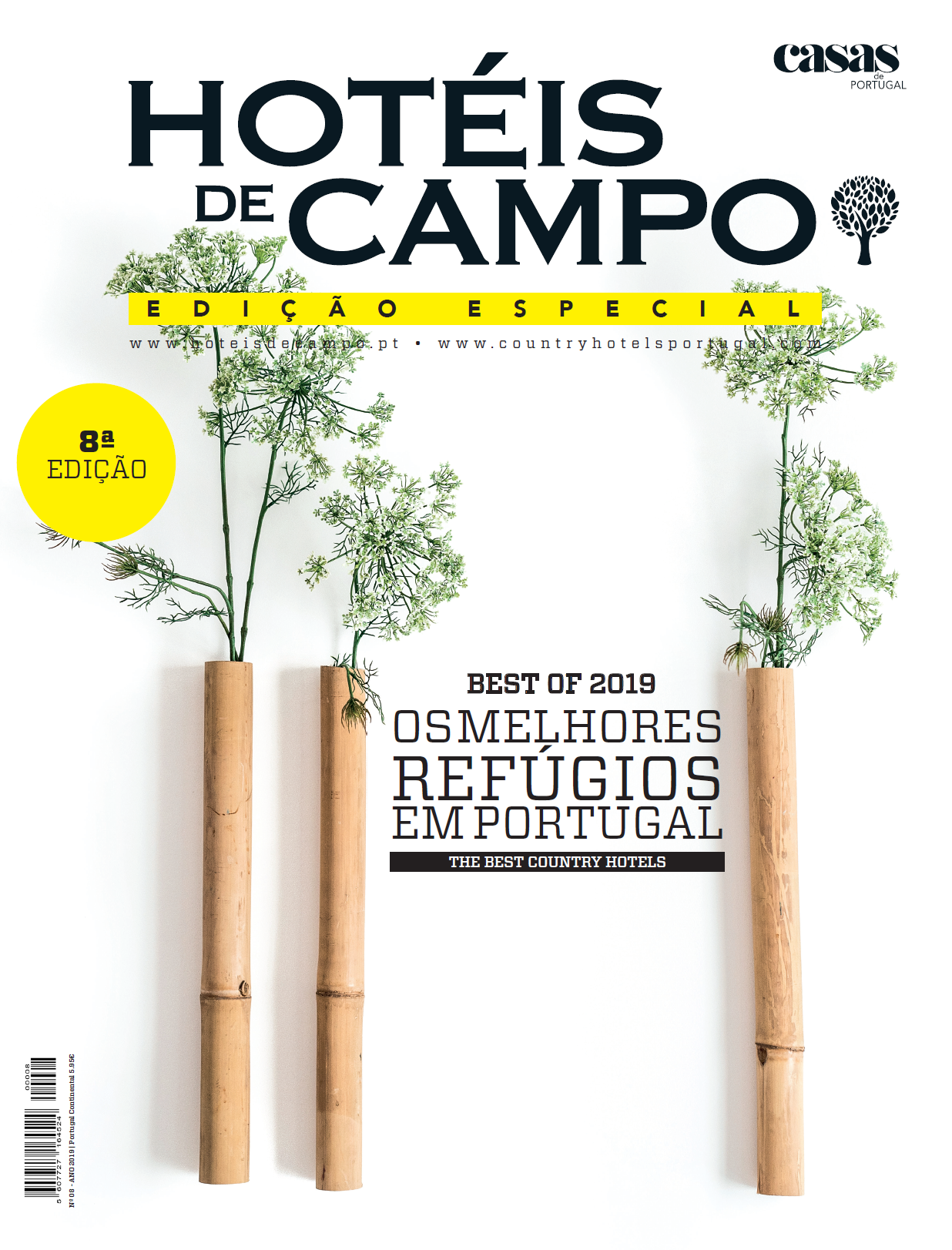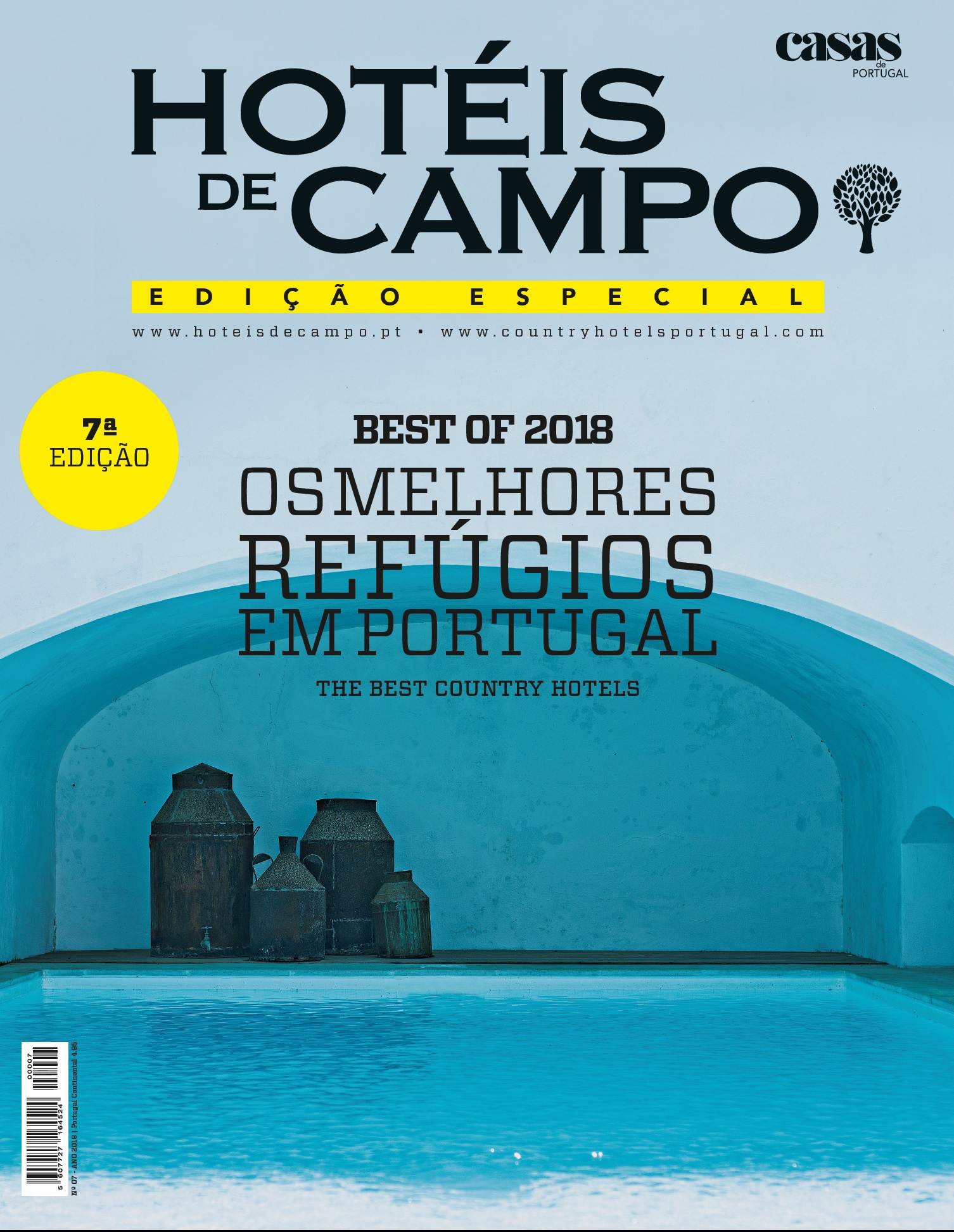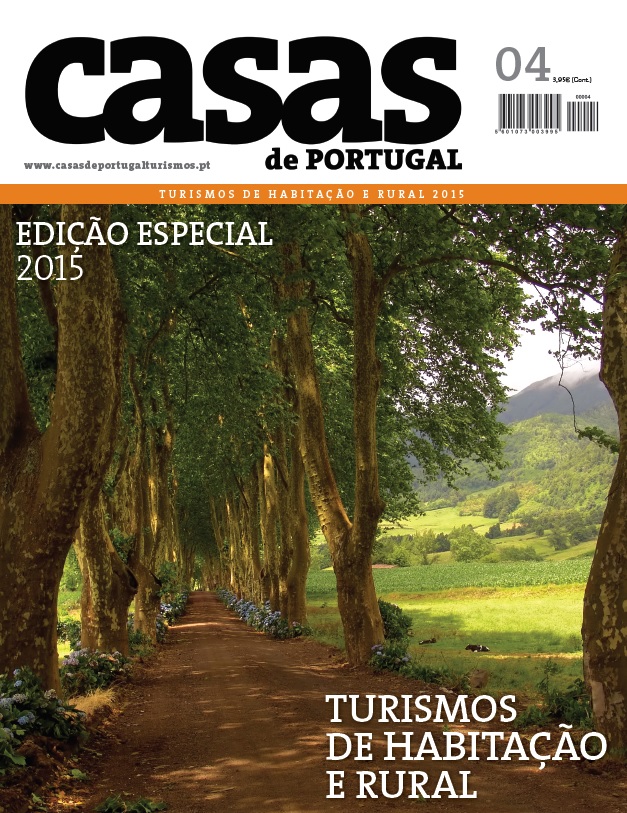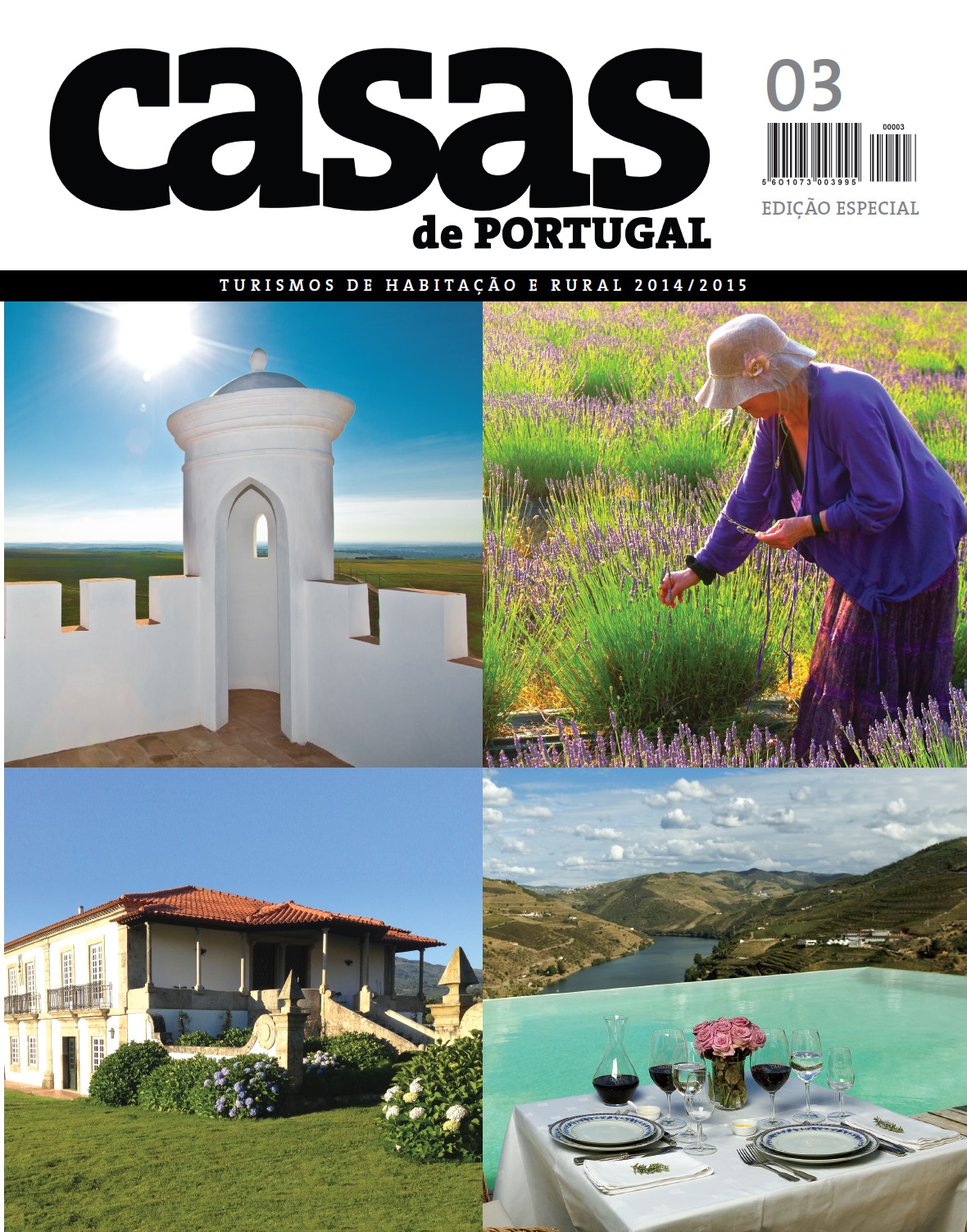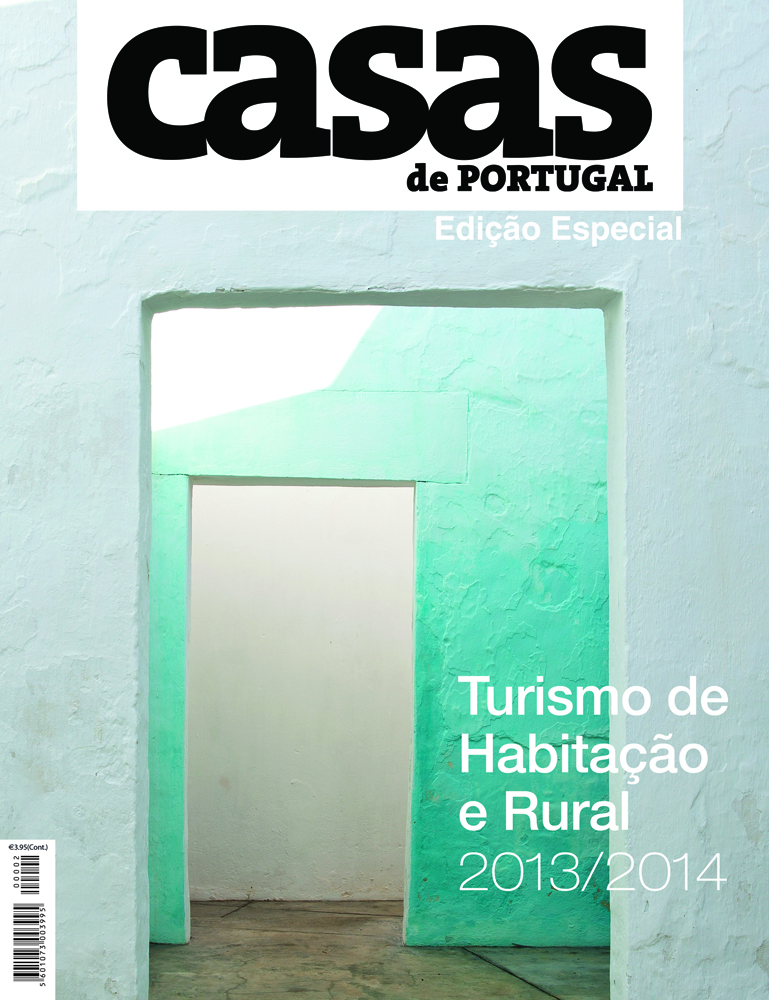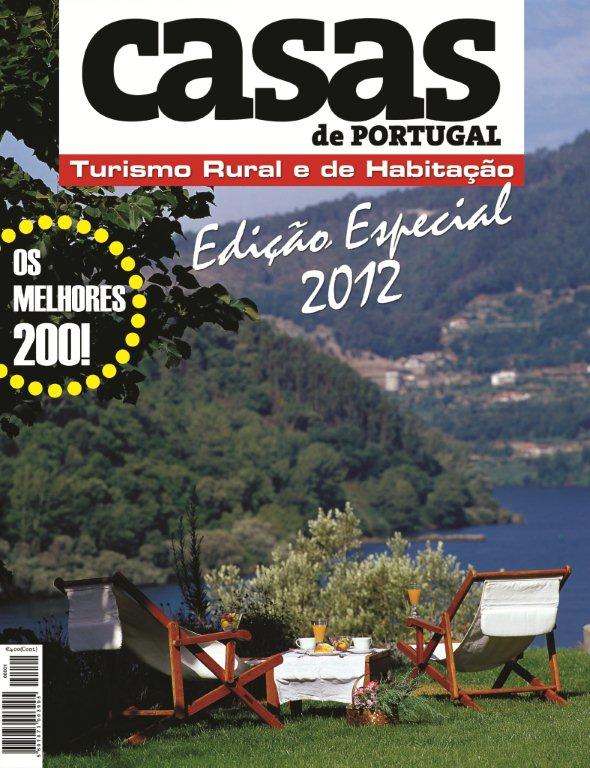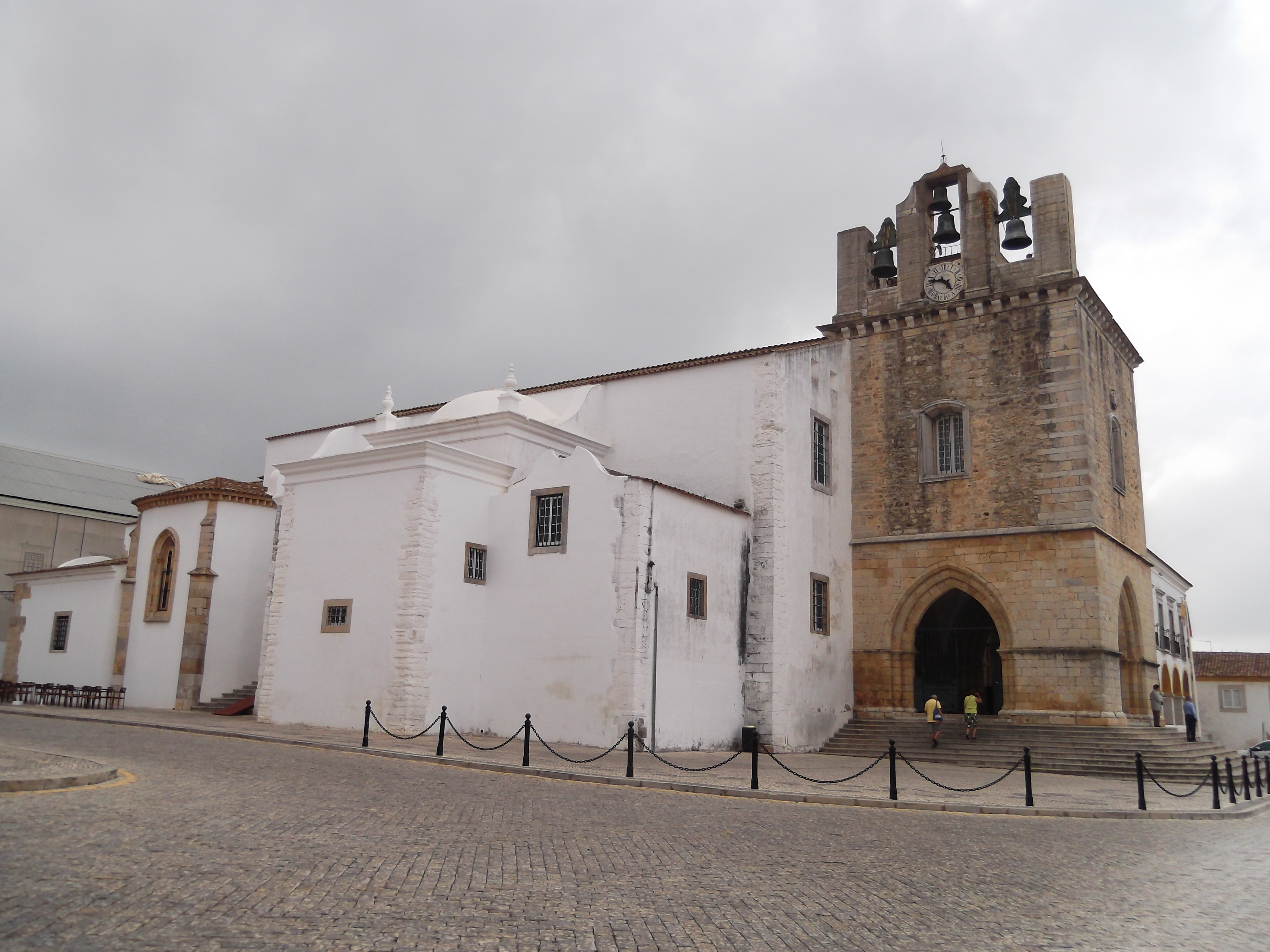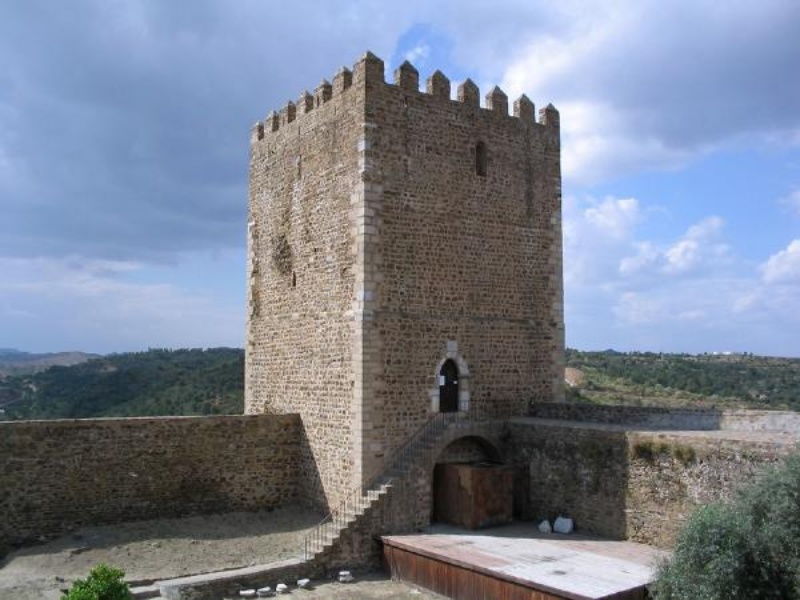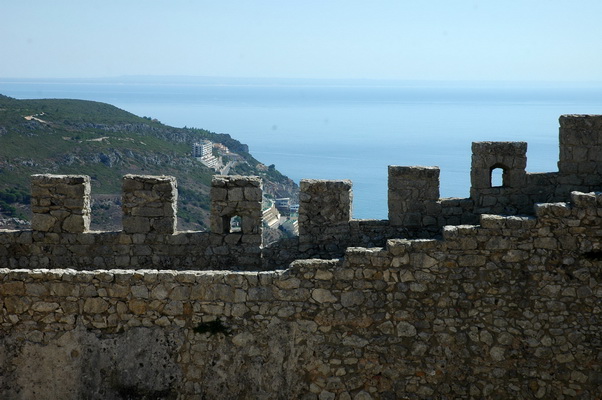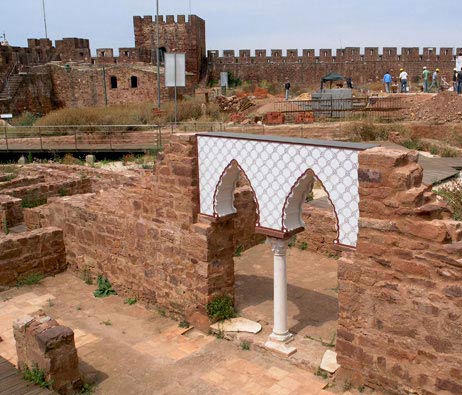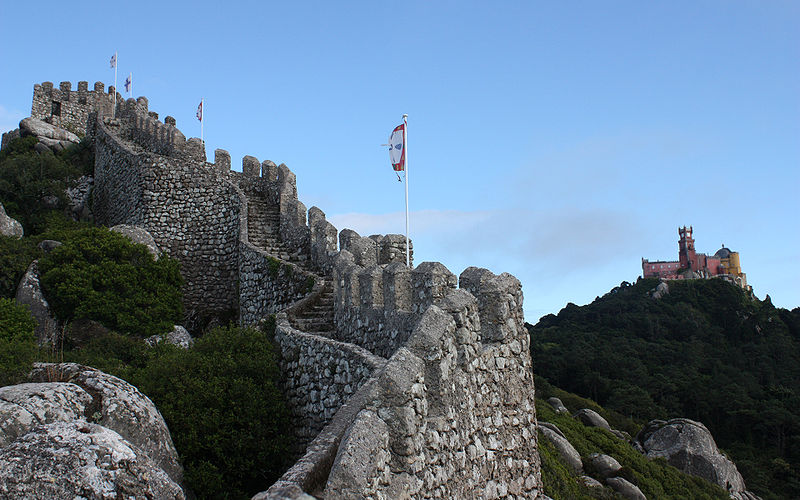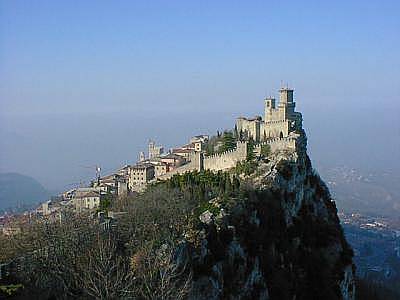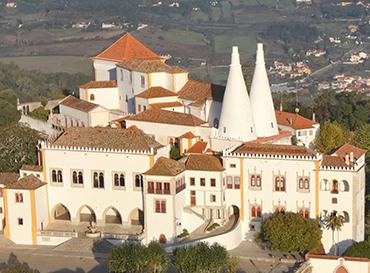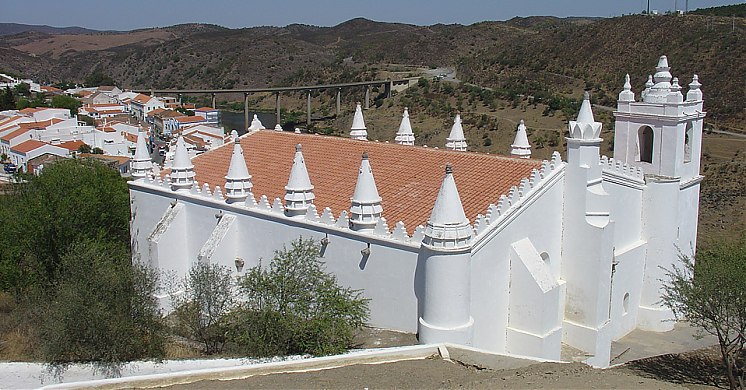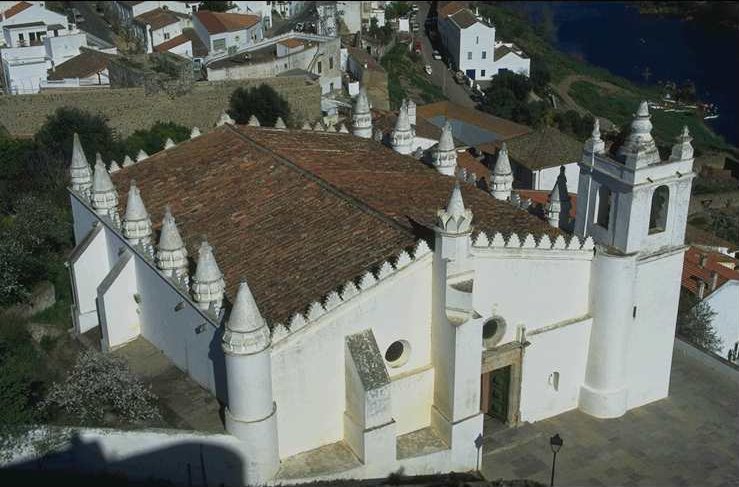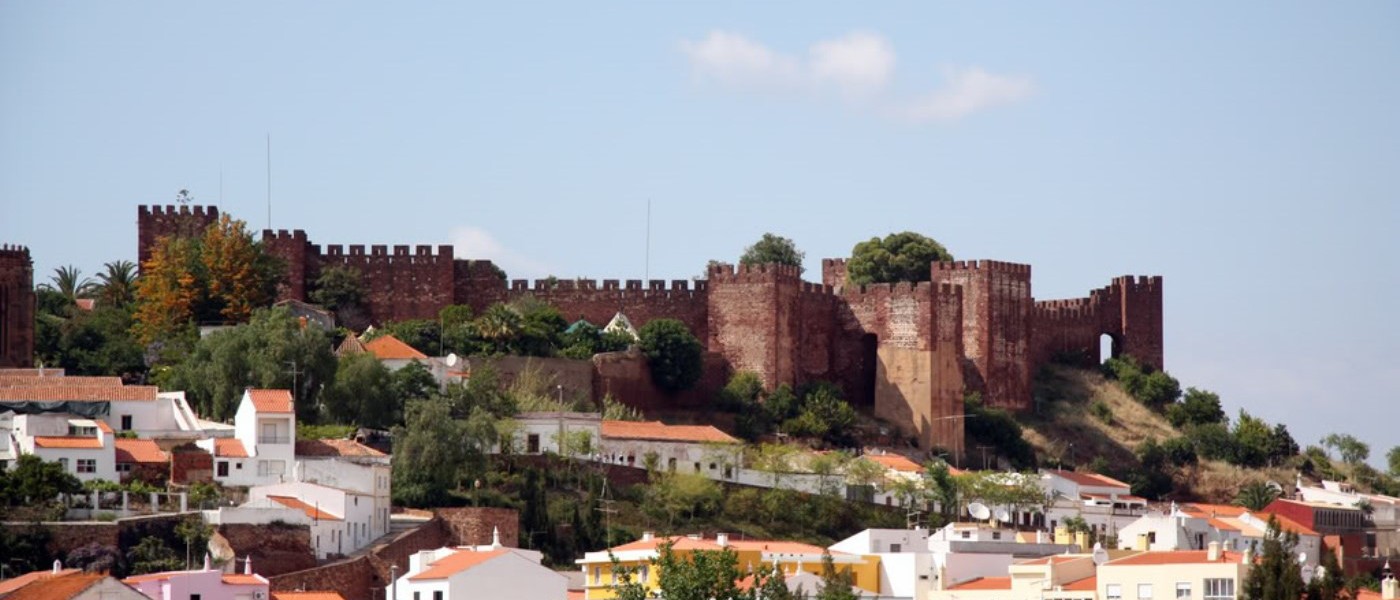
Arabic architectural influence in Portugal
Islamic art met its development in Portugal during the Muslim presence in the country (712-1249).
The originality of architectural structures and decorative motifs gave rise to a very architecture itself typically Muslim. The horseshoe arch of Visigothic influence is the hallmark of Muslim civilization in Portugal. The ornamentation is one of the great features of Arabic architecture with a wealth of decorated surfaces that makes the structures remain partially hidden by filling all the spaces in a decor that would become known as the Horror for the Empty, with repeating geometrical, cosmological motifs, calligraphy and stylized motifs of plant origin.
After the Muslim conquest in the eighth century, the Sintra region would be occupied, having been erected primitive fortification crags (VIII-IX). Islamic cities were located in order to dominate major pathways of water, such as Al-Usbuna (Lisbon), Santarim (Santarém), Kulümriyya (Coimbra), Martula (Mértola) or Shilb (Silves). Those cities recycled spaces, structures and materials from the Roman period.
As flagships of Arab arquitectatural influence in Portugal are: the Castle of Silves (Algarve), the Moorish Castle in Sintra, Mértola’s Castle, the Church of Mértola, which is no more than the Christian reuse the old Muslim mosque.
Leave a comment


